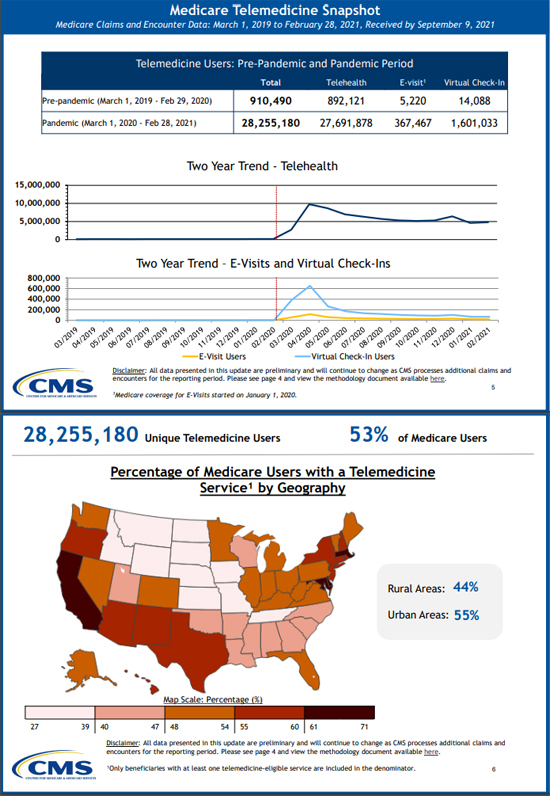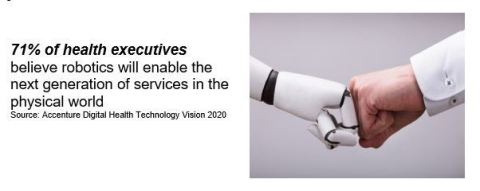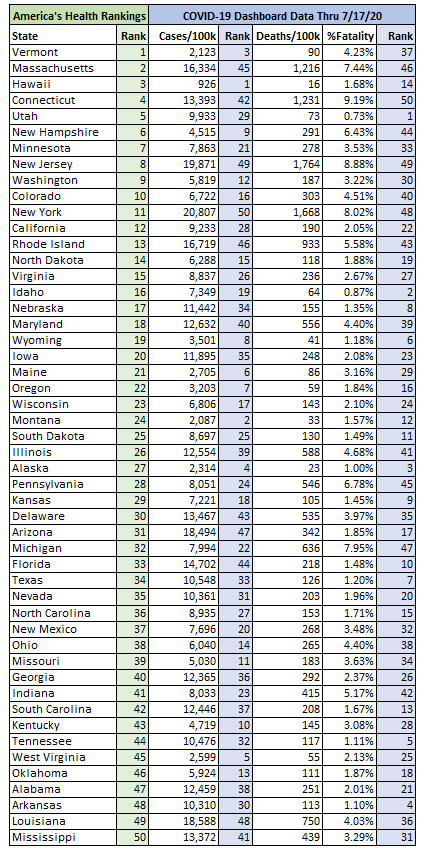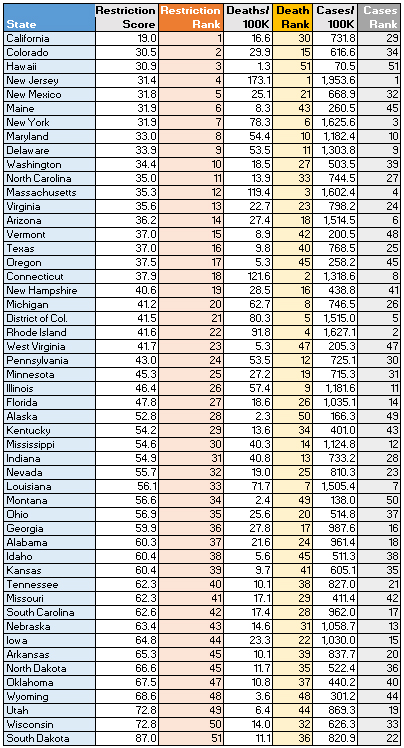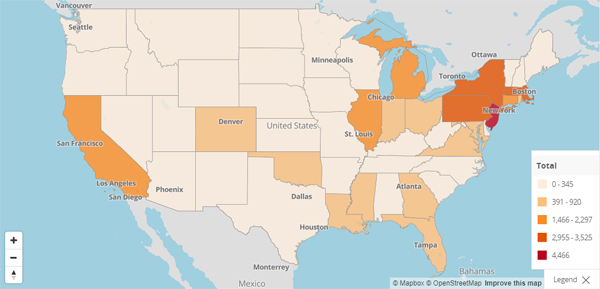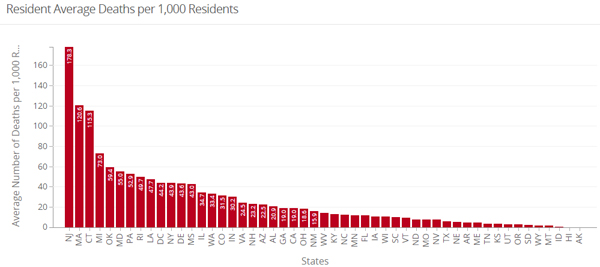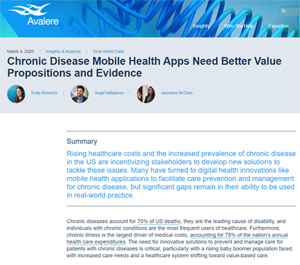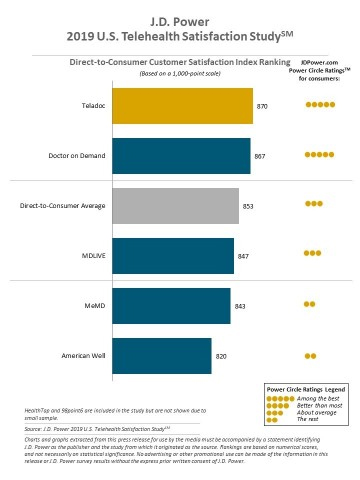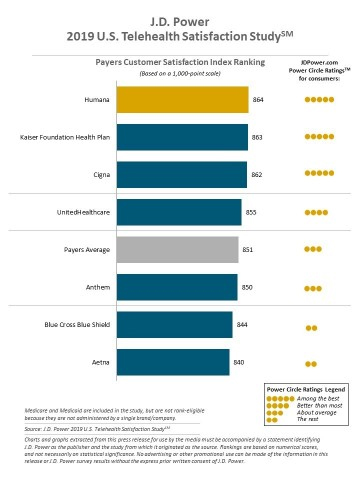ARPA-H Needs to Think Bigger
By Kim Bellard, March 25, 2022
Everyone loves DARPA, the Defense Advanced Research Projects Agency that is credited with such hits as the internet and GPS, but is also responsible for things like the Boston Dynamics back-flipping robots and even Siri.
Healthcare is, at long last, getting its own DARPA, with ARPA-H (Advanced Research Project Agency for Health). It’s been discussed for years, but just last week was finally funded; a billion dollars over three years. But I fear it is already off on the wrong foot, even ignoring the fact that President Biden had requested $6.5b.
Let’s start with the problem that it not only doesn’t have a leader yet, but it doesn’t even have a home. More worrisome, though, is that, according to President Biden, “ARPA-H will have a singular purpose: to drive breakthroughs in biomedicine.” The mission wasn’t originally that limited, but priorities like the “cancer moonshot” tend to focus emphasis. Biomedicine isn’t going to solve all of our health and healthcare problems.
Take, for example, the developing fiasco that is the replacement VA EHR. Decades ago the VA developed VistA, one of the first attempts at an EHR, but during the Trump Administration it was decided to move to a commercial EHR. Cerner won the bid. According to three reports issued by the VA Inspector General last week about the first implementation, it is not going well, to say the least.
Now, I’m not intending to pick on Cerner – its DoD EHR rollout seems to be doing better – or advocating for VistA. I don’t want ARPH-A to help invent a new and improved EHR. I want them to help invent the technology that is to EHRs as EHRs are to paper records. I want a big leap.
I want the next generation of health information technology, allowing people to store, share, exchange, and use key health information, making all that look easy – like magic. I want technology that may not become mainstream until 2050, but which would still be useful in 2100.
I don’t know what technologies will be important to that. Maybe holograms, maybe digital twins, maybe DNA storage, maybe blockchain/Web3, maybe AI, maybe quantum computing. Maybe all of those, and others. The important thing is, think big enough. About this problem, and others.
We should be looking at breakthrough technologies that get at health in our everyday lives. How do we track it, how do we foster it, how do we improve it where we live? Those are the kinds of thing ARPA-H needs to help develop.
DARPA’s projects can take 20-25 years to reach commercial viability – if they ever do. We can’t afford to think too short-term (e.g., anything less than 10-15 years) or too narrowly (e.g., only biomedicine). When we think about ARPA-H projects, we should thus be thinking about what we want to our health and our healthcare system to be in 2050.
I hope the VA EHR recovers from its stumbles. But wishing and hoping isn’t getting us where we need to be; we need breakthroughs.
Based on DARPA’s experience, it’s not important that the leader be a visionary. We don’t need a Steve Jobs or Elon Musk. We need a leader who can separate the crazy from the wild, who welcomes that wild, and who knows how to get out of the way of innovators trying to make the wild plausible.
If what we’re debating is whether ARPA-H should be in or out of NIH, we’ve missed the point. If we’re focusing ARPA-H on biomedicine, we’re missing the opportunities. If we’re just trying to avoid more catastrophic failures, we’re having one.
Think bigger.
This post is an abridged version of the original posting in Medium. Please follow Kim on Medium and on Twitter (@kimbbellard)
 Post a Comment By
Post a Comment By  Bellard, Kim |
Bellard, Kim |  Friday, March 25, 2022 at 08:57AM tagged
Friday, March 25, 2022 at 08:57AM tagged  Data & Technology|
Data & Technology|  Innovation|
Innovation|  Reform & Regulatory
Reform & Regulatory 
